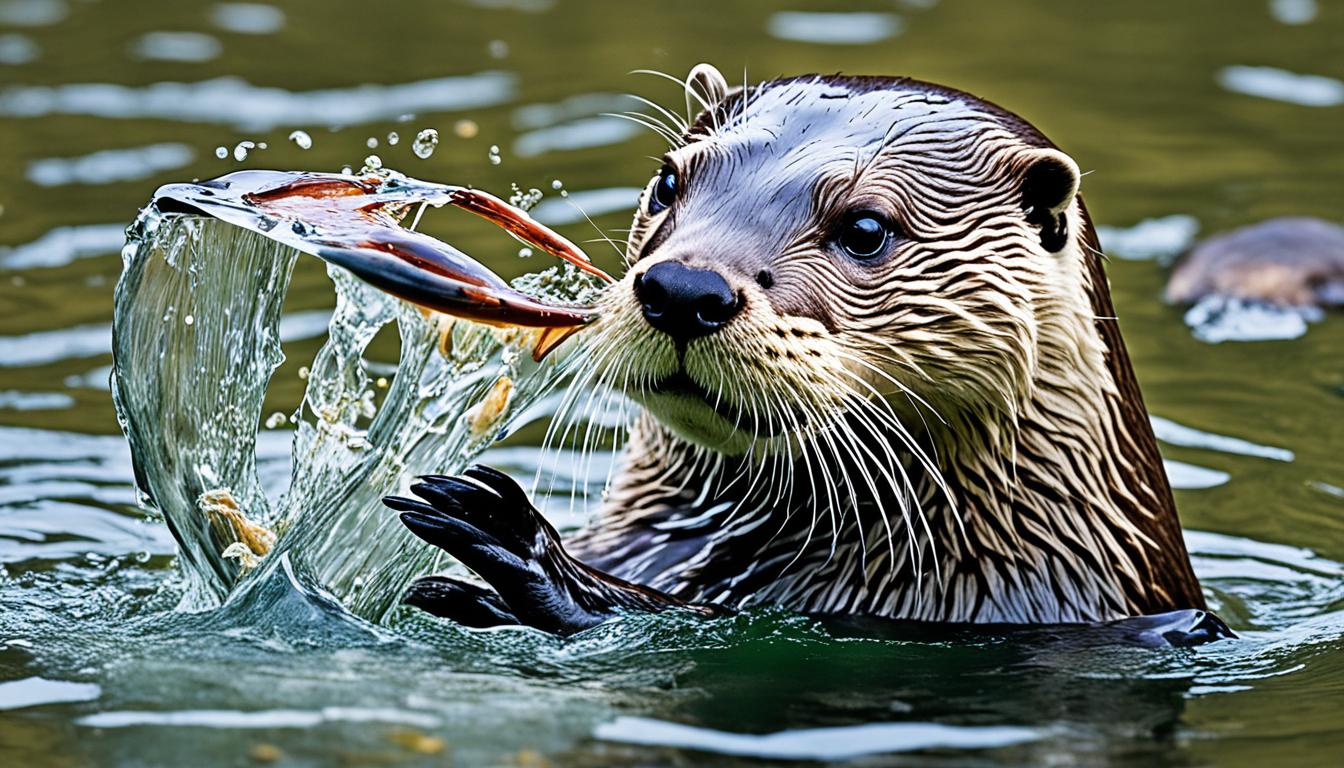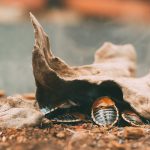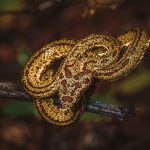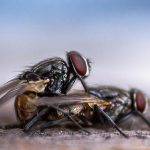Have you ever thought about a river otter’s diet and what it says about our rivers? River otters are top predators and they matter a lot in their homes. Although some think they eat too many game fish, they mostly go for non-game ones, like suckers and catfish. Their food choices show how they help keep the ecosystem in balance and alert us to water quality changes.
Let’s dive deeper into what river otters eat. We’ll explore how they survive in the wild and why their diet is key for river health. This journey into river otter nutrition will show how important they are for their watery homes.
The Dietary Preferences of River Otters
River otters are known for eating a lot of different water animals. They pick their food based on what’s around and the time of year. What they eat shows us a lot about how they live and fit into the environment.
Commonly Consumed Prey
River otters like to eat certain types of water animals. They eat fish that are not usually game, like suckers and catfish. This makes them stand out from others, like human fishermen. They are also big fans of crayfish, small crabs, and other tiny water animals. Another important part of their diet is frogs and little amphibians.
Impact of Seasonal Changes
Their food changes with the seasons, influencing what they prefer to eat. In warmer weather, there’s more crayfish, amphibians, and fish that aren’t usually hunted. This means more food for them. But as it gets colder, they turn to more fish and less invertebrates. They do this because it’s harder to find the other types of food and they need more energy to catch them.
Climatic and environmental changes also affect what river otters eat. They change their diets to eat better without using too much energy. This is key to their survival and staying healthy.
Aquatic Diet of River Otters
River otters mainly eat fish and crustaceans, which are the main nutrients in their diet. They are skilled swimmers, able to catch many types of water animals. They choose their prey wisely, usually going for the ones that are plenty and not too hard to catch. This shows they are opportunistic eaters, taking what they can find in their habitats.
Fish is a big part of the otters’ diet year-round. They pick fish that give them lots of energy without being too hard to catch. This way, they make sure they get more energy from hunting than they use. When there’s not as much fish around, they turn to crayfish and other crustaceans to keep up their energy.
River otters rely on the water’s health for their food. They eat a mix of foods high in protein and calories. This supports their quick metabolism. They are good at changing what they eat based on what’s available, showing how they adapt and survive as top predators in their water homes.
| Food Source | Seasonal Availability | Caloric Value |
|---|---|---|
| Fish | Year-round | High |
| Crustaceans (Crayfish) | Seasonal | Moderate |
River otters’ diet proves they can live well in many places by eating a variety of foods. Their eating habits show how they are clever and manage to find food in changing conditions. This also helps us understand how important they are for the balance of life in water ecosystems.
River Otter Feeding Behavior
The river otter is a skilled hunter, using many methods to find food. This shows how smart and adaptable it is. It’s amazing to see how they hunt and eat.
Methods of Hunting
River otters hunt with speed, agility, and sharp senses. They mostly use their teeth to catch fish and small water animals. If something bigger is caught, they take it to the land to eat. Meanwhile, they enjoy their snacks in the water.
Otters are not only smart but also inventive. They use rocks to crack open shellfish. So, they solve problems to fill their bellies.
Role of Vibrissae in Detection
River otters heavily rely on their vibrissae, or whiskers, for hunting. These special hairs are super sensitive to water movements. With whiskers, they feel tiny vibrations and find food, even in dark, murky waters.
This, paired with sharp eyesight and good hearing, makes them great hunters. Otters can find prey any time, day or night.
With their different hunting styles and amazing sense of touch, river otters are truly fit for their watery homes. They show us how wild animals follow nature’s own rules for finding food and surviving.
Regional Variations in River Otter Diet
The river otter diet changes depending on where they live. They eat what’s available, making them able to live in many places in North America and the world.
Diet in North America
North American river otters eat a lot of fish and crayfish. But what they eat can differ a lot based on where they are. Fish is still the main food for them, but the kind of fish changes with each area and season. In some places, they enjoy lots of crustaceans too.
Differences in Other Geographical Areas
Outside North America, otters eat very different things. Near the coast, they might eat more mollusks and crabs. In freshwater areas, their diet can include amphibians and birds too. This shows how otters find and eat food that’s around them.
River Otter Prey Items: Fish
Fish are a big part of what river otters eat. They like slow-moving fish because they have more energy but cost less to catch. River otters do not go after the same fish people like to fish for. They mainly eat suckers and catfish. This way, they help keep these fish populations in check.
Knowing what river otters eat tells us a lot about them. They are skilled at hunting in a way that saves energy. This shows they can adapt to many different places in the water.
River Otter Prey Items: Crustaceans
River otters love to eat many things, but they really enjoy crustaceans like crayfish. Crayfish are a key part of the river otter diet in many places.
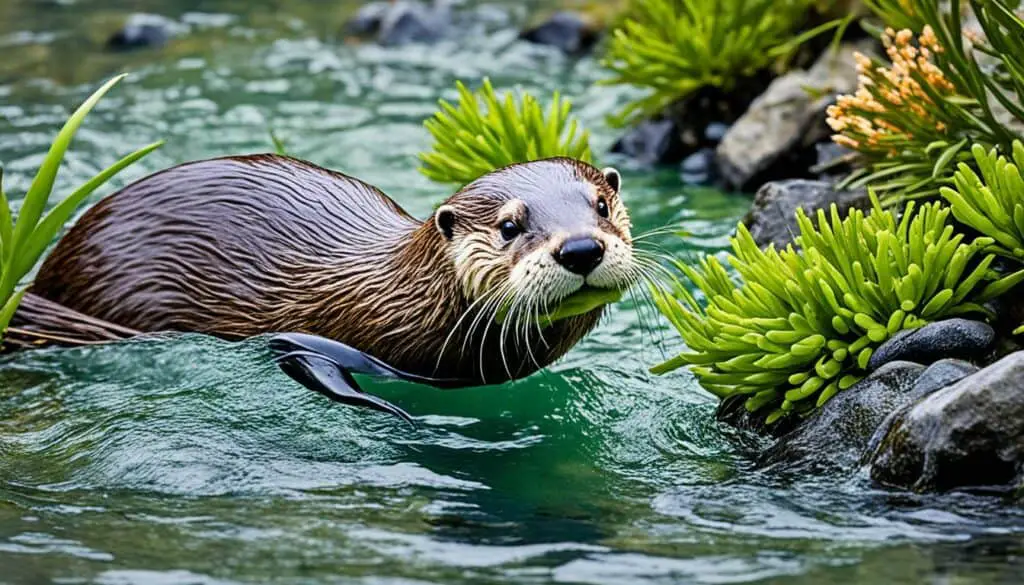
At times, river otters choose crustaceans over fish to eat. They do this when the season or their environment changes, affecting food availability. River otters change how they hunt to get the food they need.
Types of Crustaceans Eaten
River otters have a variety of crustaceans on their menu. Besides crayfish, they eat crabs and other small water creatures when they can.
Crayfish are a top pick for river otters because they are plenty and packed with good food. This shows how river otters’ diets are closely tied to their homes and seasons.
Learning about the river otter diet and their favorite eats shines a light on their place in nature. It’s cool to see how they adjust what they eat to live well in different water areas.
Other Foods in a River Otter’s Diet
River otters eat more than just fish and crustaceans. They will consume different foods based on what’s around them. This shows how they can adapt to make the most of their environment.
Birds and Small Mammals
Aside from fish and seafood, river otters enjoy birds, like ducks and rails. They also snack on small land mammals, such as voles and muskrats. This variety in their diet ensures they get the proteins and fats they need.
Amphibians and Insects
Amphibians and insects are also on the menu for river otters. They eat frogs and watery bugs when these creatures are easy to find. This diverse diet helps them stay strong and healthy.
Nutritional Needs of River Otters
It’s important to know what river otters need to eat for those who study them. River otters eat a lot because they move a ton. They eat about 15% to 20% of their body weight every day.
The cold waters they live in affect how they eat and what they eat. Because of the cold, otters need more calories and protein to stay warm. Their diet is quite varied, including fish and crustaceans. This helps them keep active and healthy.
River otters have a diverse diet to ensure they get all their needed nutrients. They eat a balanced mix of proteins and calories. This keeps them healthy and fit for their active lives. Their diet also shows how adaptable they are to different places. By understanding what they eat, we learn a lot about otters and their environments.
FAQ
What is the diet of a river otter?
River otters eat lots of fish and crustaceans. They also enjoy other water creatures. These include small mammals, birds, and insects. Otters are flexible and eat what’s around them.
What are the dietary preferences of river otters?
Otters like fish such as suckers and catfish. They also eat crayfish and crabs. Their eating habits change with the seasons and what food they can find.
How do seasonal changes impact the dietary habits of river otters?
In each season, different prey is easier or harder to find. This changes what otters eat, where they find food, and how they hunt.
What constitutes the aquatic diet of river otters?
Otters mostly eat fish and crustaceans. But they adapt their diet as the seasons change. They focus on high-calorie prey that’s easy to catch.
How do river otters hunt for their food?
Otters use their whiskers to sense prey in water. They are excellent hunters. They use sharp teeth to catch and eat their food, sometimes on land.
What role do vibrissae play in the hunting behavior of river otters?
Vibrissae help otters find food by sensing water movements. This ability is key for hunting, especially in dark or muddy environments.
How does the diet of river otters vary in different regions?
Otters eat different things in different places. In North America, they eat fish and crayfish a lot. But in other areas, their diet changes based on what’s there.
What fish do river otters commonly eat?
Otters eat fish like suckers and catfish. They choose slow fish that give them lots of energy for little effort.
What types of crustaceans do river otters eat?
River otters love crayfish and crabs. Sometimes, they eat more crustaceans than fish. This can change with the seasons and their environment.
Do river otters eat birds and small mammals?
Yes, otters eat birds and mammals, like ducks and muskrats. But these are not their main food. Otters will eat them if they get the chance.
Do river otters eat amphibians and insects?
Otters eat some amphibians and insects. But fish and crustaceans are their favorite. They will also eat frogs and aquatic bugs.
What are the nutritional needs of river otters?
Otters need a lot of food to keep their energy up. They should eat 15-20% of their weight each day. Their diet must be full of protein and calories. This is to stay active and warm, especially in cold water.

